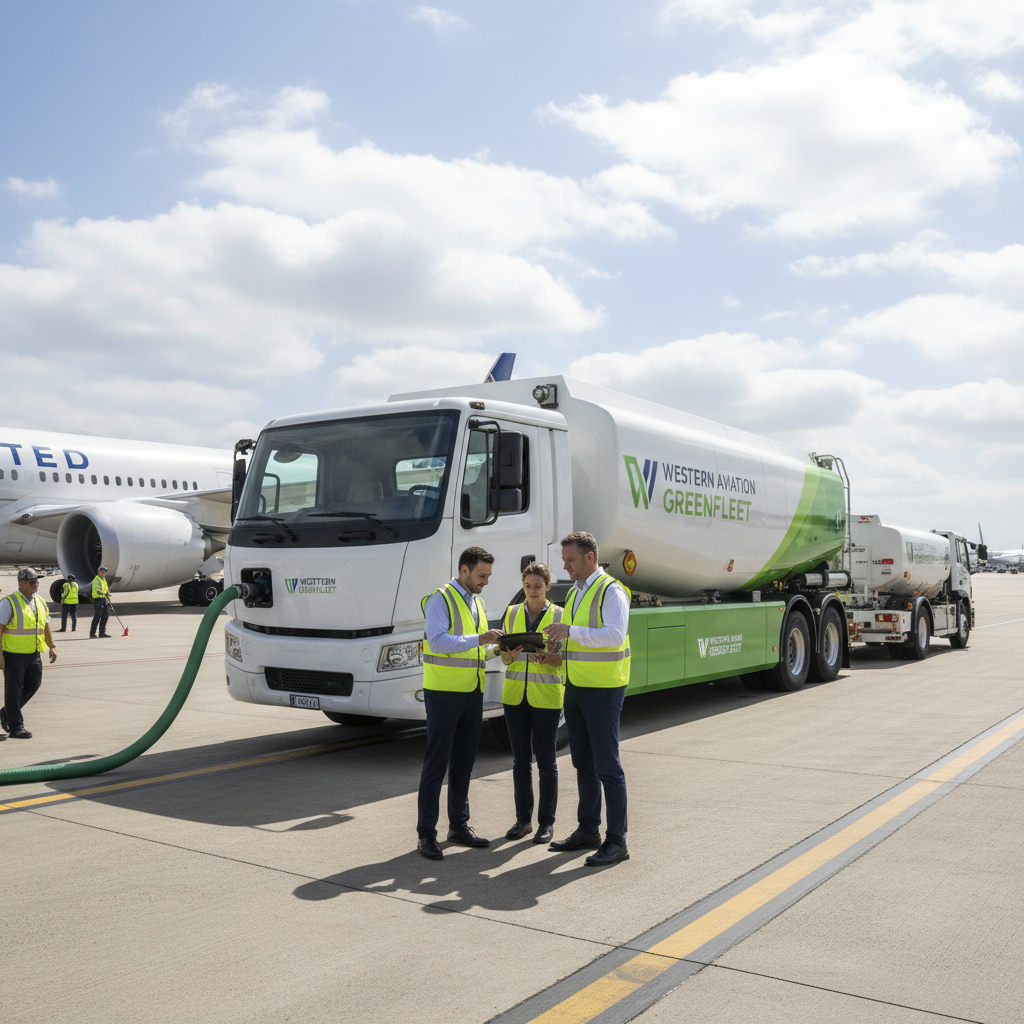Physical Address
304 North Cardinal St.
Dorchester Center, MA 02124
Physical Address
304 North Cardinal St.
Dorchester Center, MA 02124
Global aviation news tracker
Global aviation news tracker

The largest all-electric fuel truck for airport ground operations was unveiled on October 16, 2025, promising high-volume refuelling with zero tailpipe emissions.
Manufacturers and airport operators are positioning the vehicle as a practical step toward greener ground operations. Built for high-volume refuelling, the truck aims to replace diesel-powered refuellers that contribute to local air pollution and operational carbon footprints.
Design details released so far focus on capacity and charging architecture rather than operator names or deployment schedules. The maker says the vehicle targets major airports where frequent, large refueling jobs make electrification impactful for both emissions and noise reduction.
Electric ground service equipment cuts direct emissions at the gate and apron, an area where airports can rapidly improve local air quality. For airlines and airport operators chasing sustainability targets and tightening regulations, an all-electric fuel truck offers a lower-emissions option without changing fuel type used by aircraft.
The unveiling does not yet include fleet-scale deployment dates, operator partnerships, or specific charging specifications. Industry watchers expect announcements on pilot deployments, airport integration plans and maintenance support in the coming months.
This vehicle adds to a growing list of airport electrification projects — from baggage tractors to pushback tugs — that aim to reduce scope 1 emissions at airports while broader measures, like Sustainable Aviation Fuel (SAF) and aircraft technology, tackle airborne CO2.
Watch for follow-up details from the manufacturer and participating airports; early pilots will be key to proving uptime, turnaround times, and real-world emissions reductions.